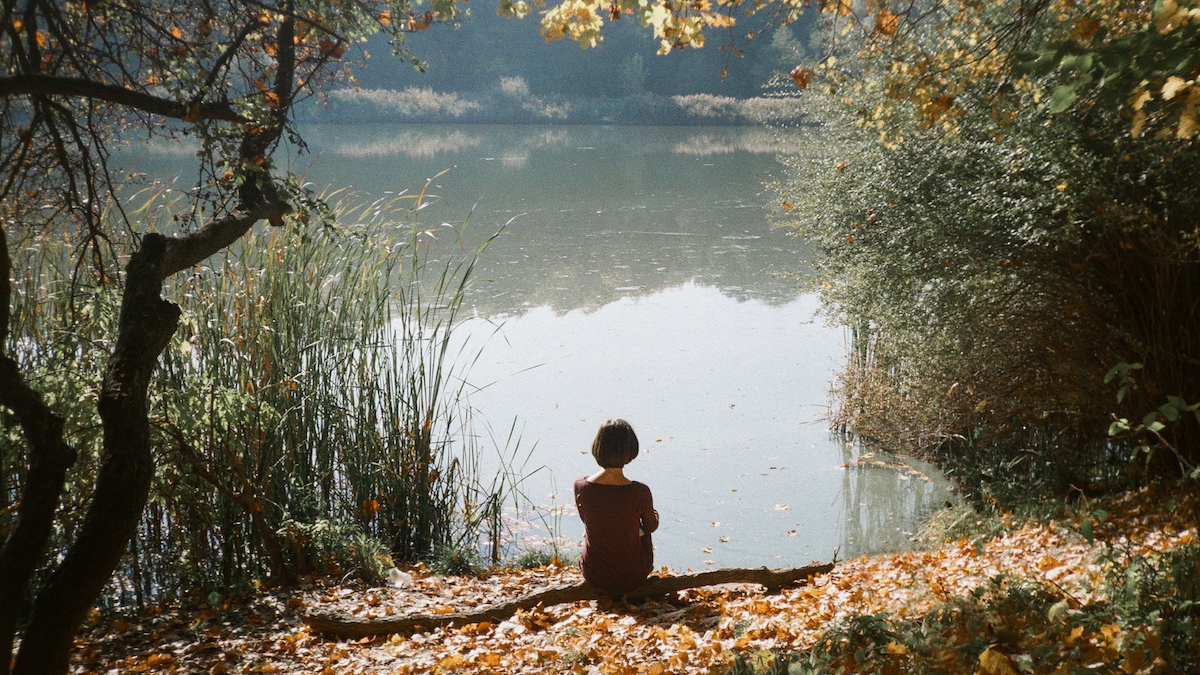If you are like me, sitting still can be a real challenge. At this time of year everything in nature is bursting with energy, changing and moving about. So much so, that many creatures aren’t even paying much attention to others as they go about their mating ritual, territorial fight or nesting duties. What opportunities to watch them, now that in many places foliage hasn’t developed enough to hide all this from view!
So how do you get yourself to sit still? Maybe you can go for a run, chop wood or burn energy some other way first, so you feel like resting for a bit. Bring whatever you need to sit comfortably (especially if you’re new to the Sit Spot routine). If you’re not comfortable, consider what you might want to bring or change in order to feel better next time. Remember: the challenge is not intended to be an exercise in suffering or mastering body control in all kinds of weather (although you can make it that if you so wish).
Make your own “nest” there, perhaps with a fireplace, a backrest, or a windscreen. Rekindle your bow-drill skills for a fire at your Sit Spot, use those trimmed branches to make yourself more comfortable. Gather some early edibles to nibble on while you sit. Bring materials for making cordage—with your hands busy you’ll appear less threatening to many creatures around.
Another thing that might help you sit still is to choose a place (and time) where lots of activity is going on. A pond may burst with life, like mating frogs or hovering clouds of mosquitoes, a pair of birds may be flying back and forth with nesting material. If you can’t get up early every day, make sure that you arrange for at least some days to enjoy the explosion of song in the morning chorus, and see if you can get a friend or family member who has never experienced that before to sit at the same time, so you can later share your experiences.
With bigger bouts of movement to stay alert, start tuning in to smaller patterns around you, like foraging ants, bumblebee queens making nests, or the different ways in which plants and trees move with the wind. Watch the clouds, feel the wind, and smell blossoms. When you have a pair of birds around, and you cannot tell them apart by sight, try to identify the individuals by their calls? If you find yourself thinking about this and that, slowly drift back to your senses.
Over the course of a couple of days, see how buds develop, notice where the sun rises and sets, where the moon is, and how you feel inside. Look at your own patterns: what kinds of things catch your attention, what senses do you prefer to engage? Do you find yourself focusing on birds rather than trees? Then see in what kinds of trees and shrubs the birds like to inhabit. Do they feel more comfortable in thickets or more open crowns? Listen with a blindfold on or taste edible plants you’ve never tried before.
And when you come back in, find a way to share your story. Tell it to your friend or partner, write it down in your journal, or share it with our online community. We look forward to hearing from you!
Anneke Treep speaks several languages and enjoys practicing primitive living skills in the wildlands of the Netherlands.
